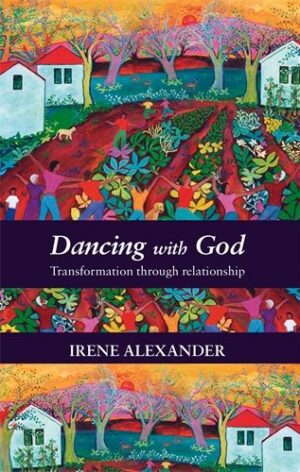



As you read the story of Tristan and Iseult notice your own feelings about the two lovers.
Do you want to justify their actions?
Do your identify with them?
Do you know their longing?
Do you think them foolish?
Do you judge them?
Just notice. Stories often help us by holding up a mirror to our own hearts – not to condemn us, but to help us understand.
The first sentence of chapter 15 claims that Tristan and Iseult’s love has become worship. How do you respond to that statement? Do you agree that we in the West have inherited the romantic beliefs of this story? Think about Romeo and Juliet, and West Side Story. They are retellings of Tristan and Iseult.
Robert Johnson claims that this is the great wound of the Western psyche – that we believe as it were, that romantic-sexual relationships will “save” us. Does this ring true for you? – either in your own life, or in the stories you read, and the movies you watch.
Origen, an early church father, and C. S. Lewis name our soul’s longing for God as the “wound of love.”
How do you respond to this naming, and to the possibility that our one real dance partner is God?
What is it like for you to read the various stories about sexual relationships – both healthy and unhealthy – in the Bible? How do you see the church’s approach to sexuality? Are there ways we could be more healthy? Does it make a difference for you to consider the possibility of Jesus being married?
Do you agree with the statement that as humans we want a God who includes the feminine, who is earthy and sexual and yet still is God?
Why do you agree – or why not?
Ann and Barry Ulanov explore the possibility that we are embarrassed to bring our sexuality onto our prayer lives. What happens for you as you consider what they are saying (page 100)? Or further, the idea that sex, as God’s creation, shows us that love is dangerous and creative, fulfilling and stripping, ever-emerging and challenging, wild and untameable, life-giving and demanding?
On page 102 there is a diagram of four kinds of intimacy: sexuality, romance, friendship and spirituality.
Which of these are you most or least comfortable?
Do you agree with the statement that sexuality and spirituality are very close together?
Is this a new idea for you?
There is also an outline of how each of these four areas can become distorted – sexuality to addictive self-indulgence, romance to fantasy, spirituality to legalism, friendship to co-dependence. Take time to be with each of these, reflecting on your own place of healthiness or ill-health in these dimensions.
Viktor Frankl saw these relational dimensions as being like layers with spirituality and love as the deepest layer.
How do you respond to his conceptualisation?
Many of the mystics have used sexual and bridal language to picture relationship with God. Are you able to relate to this? What is the invitation for you as you connect with this way of ‘languaging’ our relationship with God?
You might like to explore one or other of the mystics mentioned and share your findings with your group.
Henri Nouwen spoke of our deep longing for intimacy and how this is often close to our brokenness. Is this something you can reflect on, and maybe share with one other person. Nouwen speaks of “bringing our body home,” recognising and embracing ourselves as embodied beings; saying with God that our creation is “very good.”
What happens for you as you consider that God could have made us like the angels with no sexuality, and yet chose to give us this good gift of bodies, sexuality, ability to fall in love – gifts that are both dangerous and beautiful?